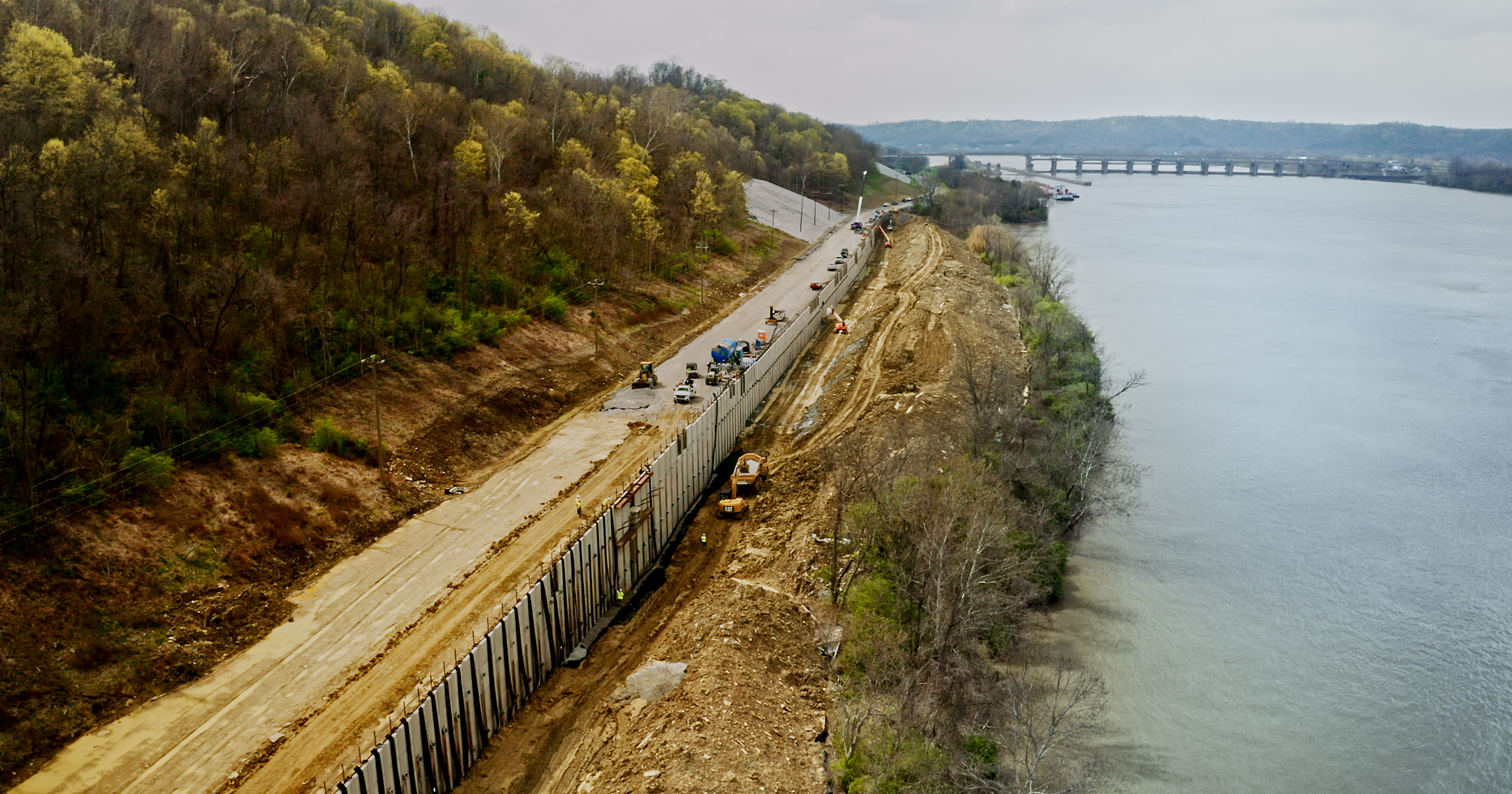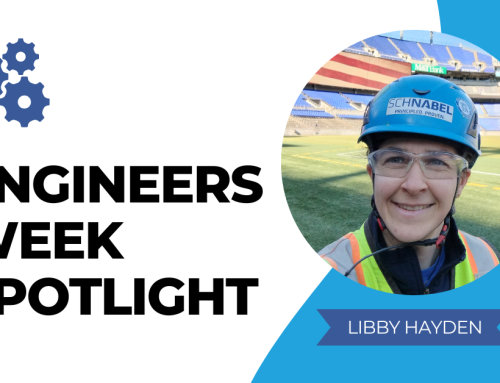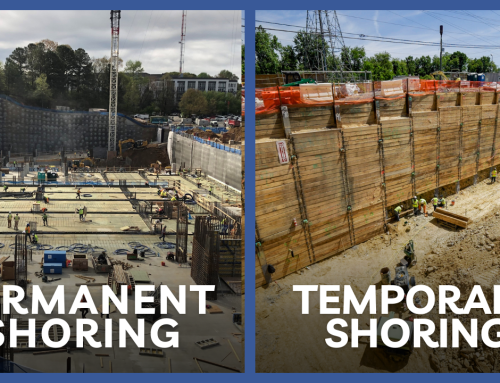Slopes, whether natural or man-made through excavations, can pose significant challenges due to erosion, landslides, and soil instability. Slope stabilization methods play a crucial role in mitigating potential risks and ensuring the safety of infrastructure and communities. In this article, we’ll explore various techniques employed to stabilize slopes and prevent landslides, erosion, and other associated hazards.
Contents
- Introduction
- Understanding Slope Failure and Risk
- Factors Affecting Slope Stability
- Landslide Stabilization Methods
- Importance of Monitoring and Maintenance
- Case Studies: Successful Slope Stabilization Projects
- Slope Stabilization Solutions From Schnabel
- FAQs (Frequently Asked Questions)
Slope Stabilization Methods Introduction
Slope stabilization methods help to address the challenges of unstable slopes. The primary objective of slope stabilization is to prevent catastrophic events like landslides that can lead to the damage of properties and natural resources. To achieve this goal, various methods are employed, each tailored to the specific characteristics of the slope in question.
Understanding Slope Failure and Risks
Slope failures can occur due to a number of reasons including; loose or weak soils, excessive rainfall, seismic activity, human activity and development, poor drainage, erosion, and geological factors. The risks associated with unstable slopes are not limited to rural areas; they can impact urban developments, roads, railways, and other critical infrastructure. By understanding the geological and environmental factors contributing to slope instability, engineers can design effective stabilization strategies.
Factors Affecting Slope Stability
Several factors influence slope stability, including soil type, slope geometry, water content, vegetation cover, and human interference. Identifying these factors is crucial for selecting appropriate stabilization methods.
Landslide Stabilization Methods
- Soil Nailing: Soil nailing is a technique that involves inserting reinforcing elements (typically threaded steel bars) into the slope. The reinforcing elements, or “nails,” are then grouted with cementitious material or grout and a shotcrete facing is applied to the slope face. The installation of the nails into the soil in a grid pattern creates a composite mass. This method improves the slope’s overall stability by introducing tension-resisting elements within the soil mass. Soil nailing is particularly effective in cohesive soils and can provide immediate support to slopes that require stabilization. The design of a soil nailing system takes into account factors such as the soil properties, slope angle, and the expected loads on the slope. The nails are strategically spaced and installed to achieve the desired stabilization effect.
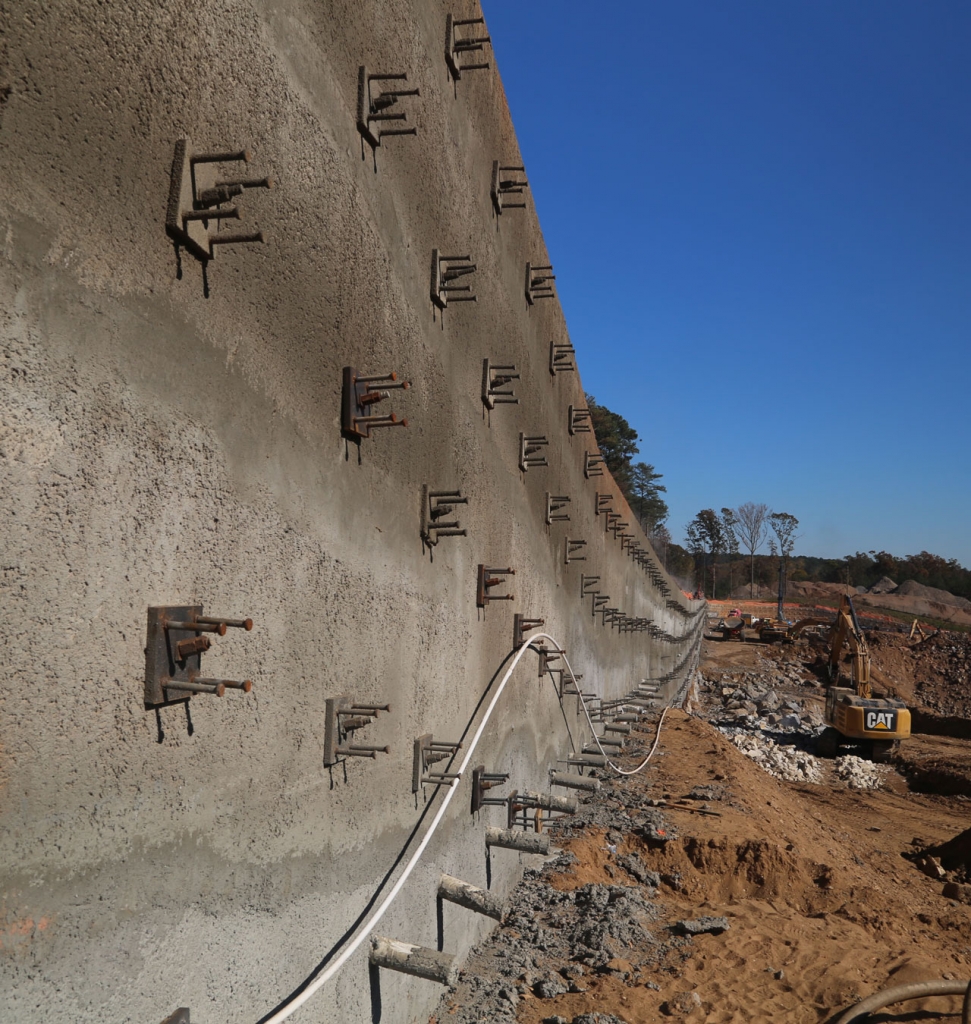
- Tieback Anchors: Tieback anchors involve the use of high-strength steel tendons or cables that are drilled into the slope and anchored in stable soil or rock below the slide plane. The other end of the tendon is attached to a facing element, such as a retaining wall or reinforced block, located at the surface of the slope. The primary purpose of tieback anchors is to provide lateral support to structures like retaining walls. When the soil behind the structure exerts horizontal forces, the tieback anchors resist these forces by transferring them to the stable ground below the slide plane through the tendons. This effectively prevents the structure from moving or sliding downhill. The success of tieback anchor systems depends on factors such as the depth of the anchors, the angle at which they are installed, the tensile strength of the tendons, and the type of soil or rock into which they are anchored. Proper design and installation are crucial to ensuring the stability of the anchored structure.
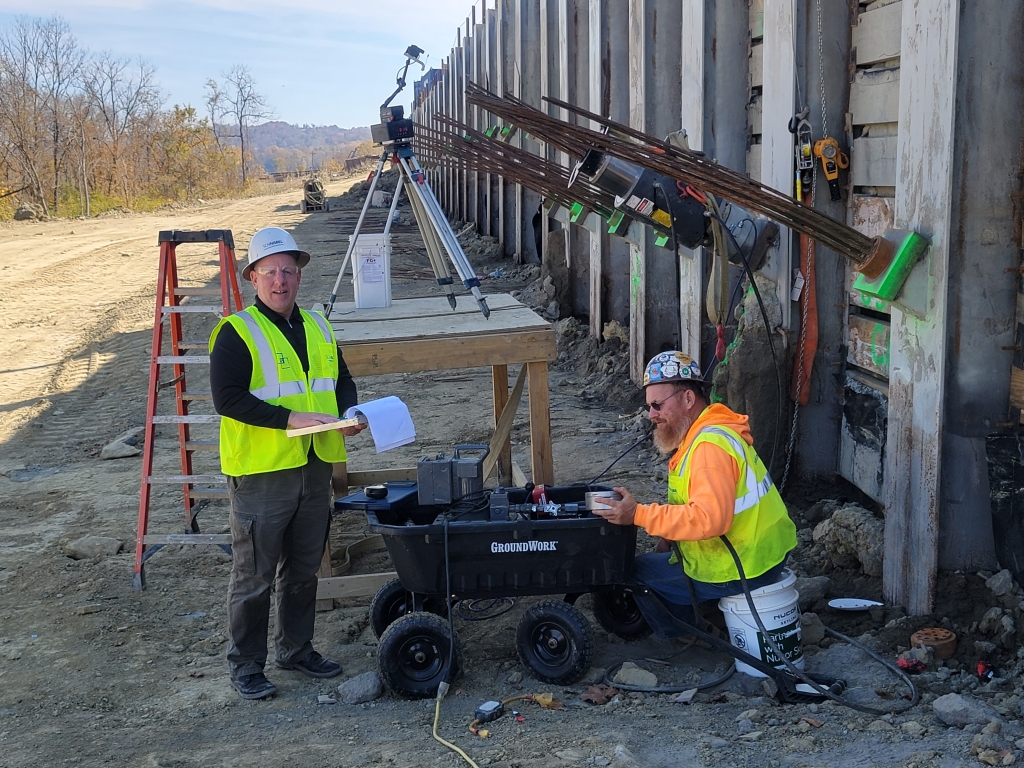
- Soldier Piles and Lagging: Soldier piles and lagging methods involve installing vertical steel piles, known as soldier piles, along the alignment of the slope or excavation. These piles are typically driven and drilled into the ground. The spacing between the soldier piles is determined based on the specific requirements of the site and the depth of the excavation. Once the soldier piles are in place, a facing of either lagging or shotcrete is installed to retain and support the soil between the piles. The lagging can be made of various materials, such as timber or reinforced concrete. The soldier piles provide the initial support required during excavation, while the lagging maintains the stability of the exposed face. The system allows construction activities to proceed safely without risking soil movement or slope failure. Soldier piles and lagging are often used in urban areas where space is limited and adjacent structures need protection. This method is cost-effective and relatively quick to install, making it a popular choice for temporary both landslide stabilization and excavation support.
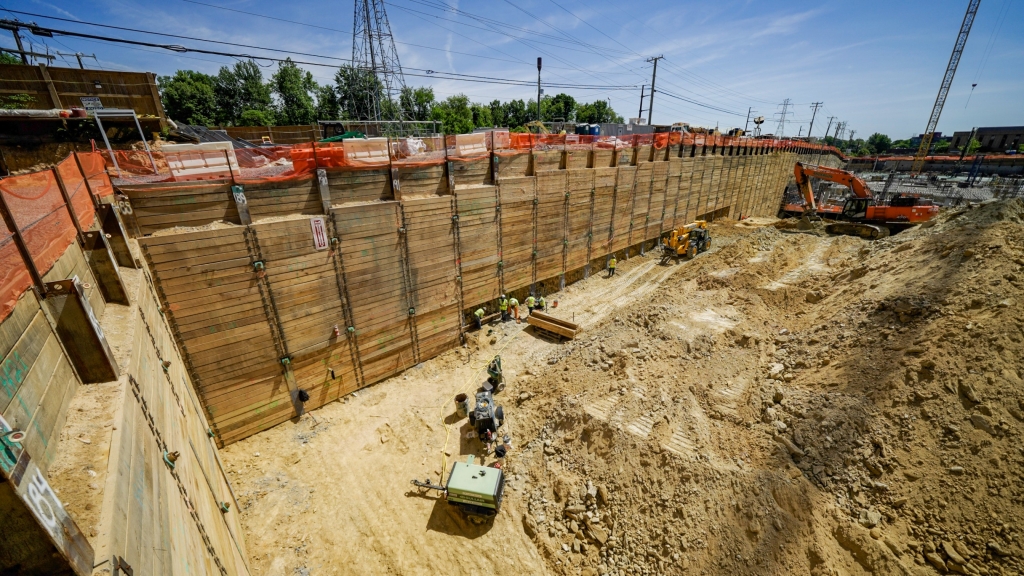
Importance of Monitoring and Maintenance
Slope stabilization doesn’t end with the construction of stabilization elements. Regular monitoring and maintenance are crucial to ensuring the continued effectiveness of stabilization measures. Periodic inspections and adjustments can identify potential issues before they escalate.
Case Studies: Successful Slope Stabilization Projects
- Gallatin County Slide Repair (Warsaw, KY): The Kentucky Transportation Cabinet (KYTC) contracted Schnabel to reconstruct a 1.25-mile-long section of the U.S. 42 highway that has been prone to landslides. Schnabel successfully installed a tieback retaining wall to help stabilize the existing landslides. This allowed the highway to reopen five months ahead of schedule and just in time for Memorial Day weekend. More information about this project can be found here.
- Cal Poly Slide Repair (San Luis Obispo, CA): The project helped to stabilize a landslide behind the Cal Poly Fremont Hall dorms that caused an immediate evacuation of the dorm in the middle of the school year. Schnabel designed a tieback earth retention system that allowed the dorms to open up to students again after a three-year shutdown. To read Cal Poly’s article on the project, click here.
Slope Stabilization Solutions From Schnabel
As a leading design/build contractor, Schnabel offers a wide range of solutions to stabilize landslides effectively. With our expertise in landslide repair and control services, we can address your unique project needs and overcome challenging environmental conditions with confidence. With more than 60 years of experience, we have mastered various landslide stabilization methods involving tiedback permanent walls, tiedback discrete structural elements, soldier piles, secant piles, and soil nailing. We carefully select and expertly execute these methods based on the characteristics and requirements of your site.
FAQs (Frequently Asked Questions)
- Can slope stabilization prevent all types of landslides? While slope stabilization significantly reduces the risk of landslides, certain extreme conditions like rapid and intense rainfall might still trigger landslides.
- Why is slope stabilization important? Slope stabilization is crucial to protect the environment, infrastructure, and human lives from the hazards of slope instability.
- Can slope stabilization methods be applied to both natural and man-made slopes? Yes, slope stabilization methods are versatile and can be applied to both natural landscapes and engineered slopes.
